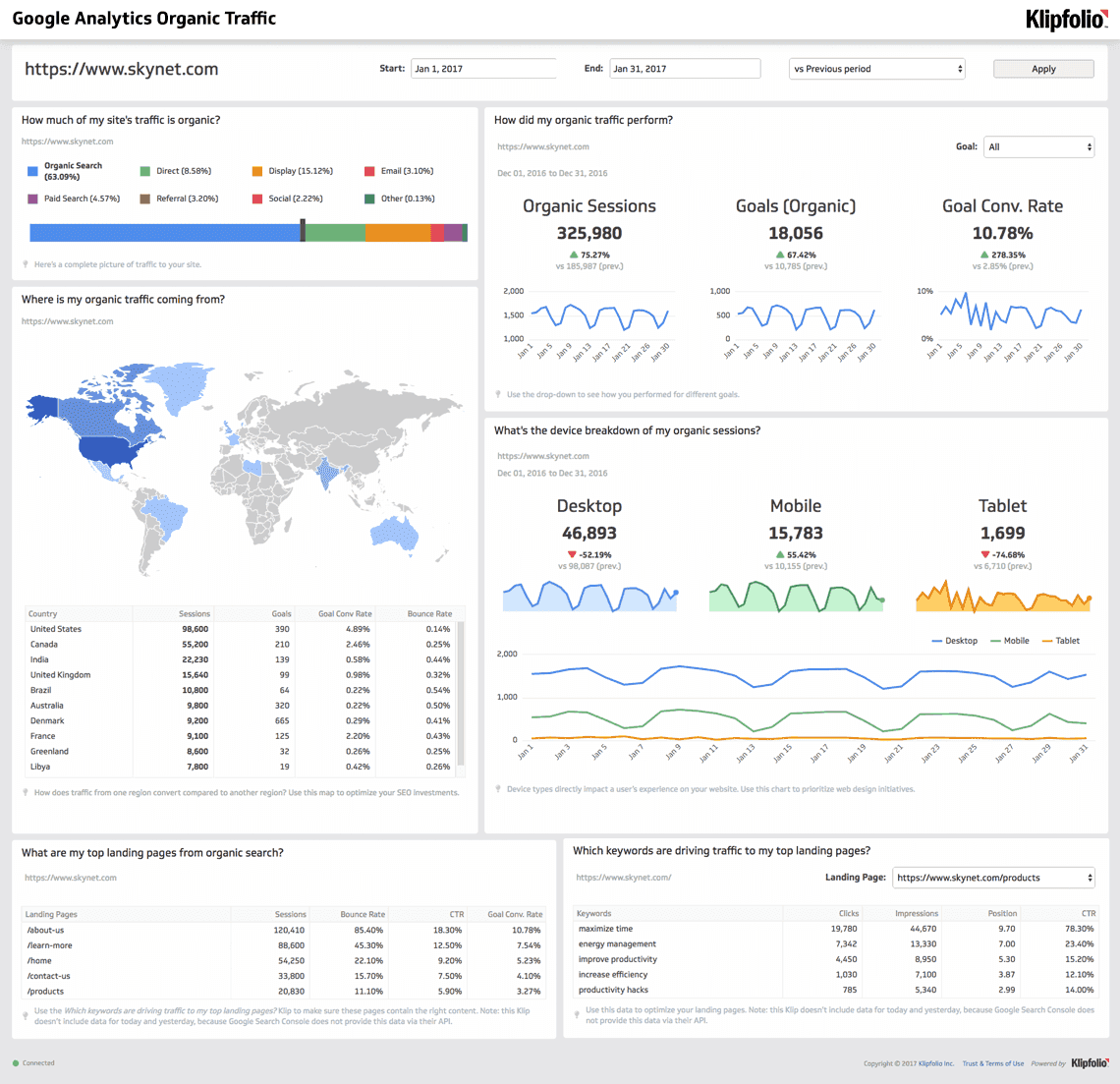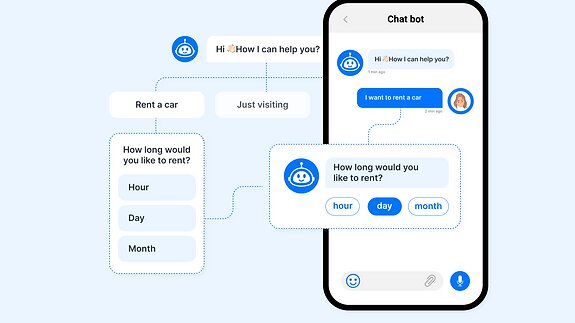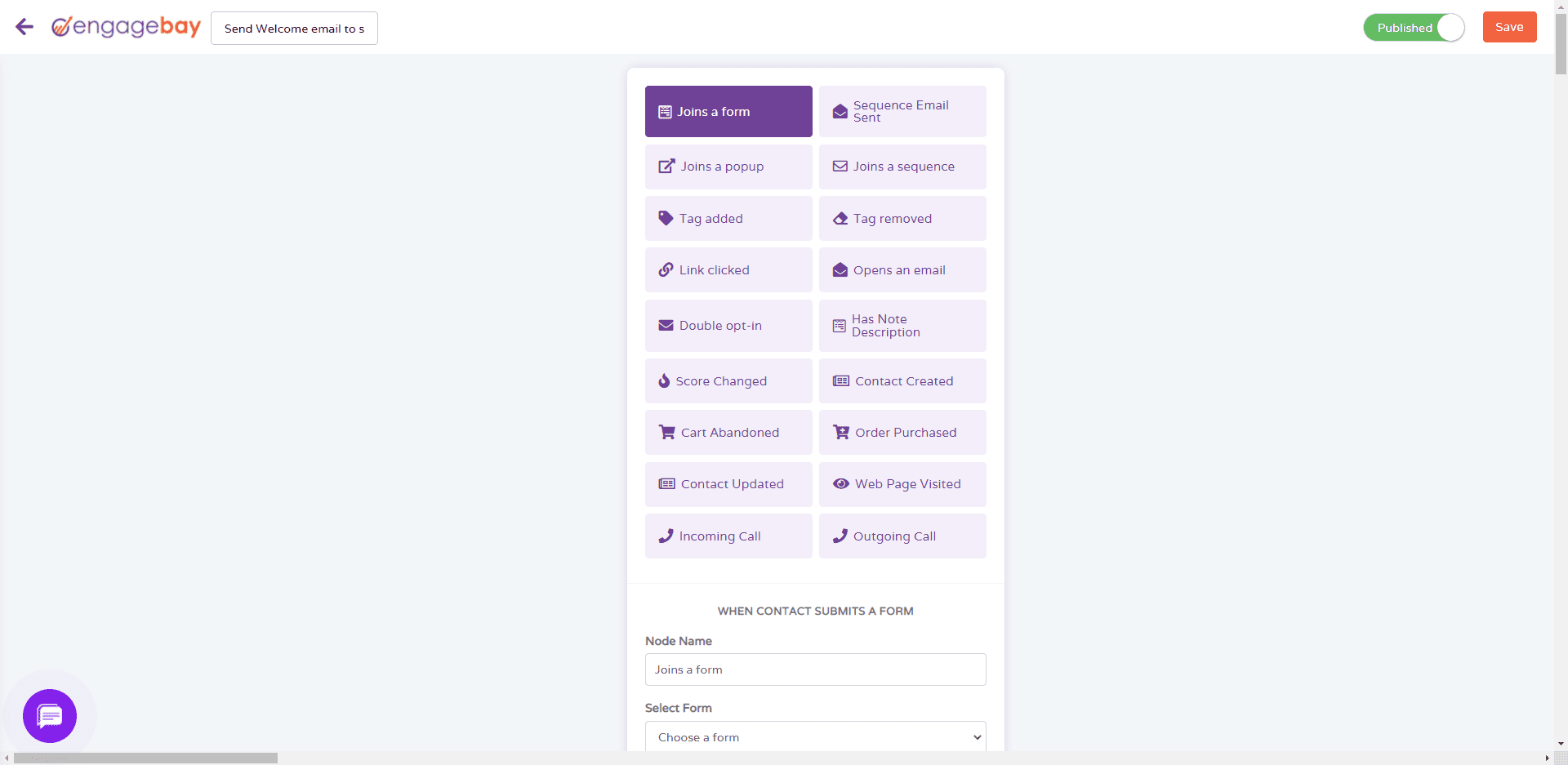Online shopping is on a winning streak. Consumers love to shop online now more than ever. This may be due to the ease, flexibility, and convenience of online shopping.
With this consumer buying behavior, eCommerce sales continue to grow at an unprecedented rate.
In 2023 alone, eCommerce sales will reach 6.1 trillion US dollars, and 7.3 trillion US dollars in 2025.
No doubt, the potential for eCommerce businesses is enormous. However, to benefit maximally from the eCommerce sales gold mine, you need to set up an effective online marketing strategy for your eCommerce business in 2023.

In this blog post, I’ll walk you through what eCommerce marketing is about and six expert eCommerce marketing strategies you can begin to implement today.
Let’s begin!
Table of Contents
eCommerce Marketing in a Nutshell
You’ve just launched your eCommerce store, Great! But that isn’t enough. For you to make sales, prospective customers need to see your products and become familiar with your online store. This is where eCommerce marketing comes in.
eCommerce marketing consists of any digital marketing tactics used to increase awareness, and drive conversions and sales for your online store. It includes both customer acquisition and customer retention strategies.
In 2023 alone, 218.8 million US consumers will shop online. This accounts for 65% of the entire US population.
Fundamentally, eCommerce marketing helps your online business do the following:
- Build awareness and visibility
- Drive traffic to your online store
- Increase sales by converting website visitors into paying clients
- Engage customers with the right offer at the right time, increasing shopping experience and customer satisfaction.
A huge chunk of your potential eCommerce sales revenue is lost if you don’t invest in eCommerce marketing.
Read also: Unlocking Retail’s Next Chapter: D2C eCommerce Trends to Watch
eCommerce Marketing Channels
It’s no news—marketing methods used for brick-and-mortar stores or local businesses do not work for eCommerce businesses because the business models are different.
For your eCommerce business success, you need to include any or all (depending on your budget) of the following eCommerce marketing channels in your overall marketing campaign.
- Paid search
- Social media marketing
- Affiliate marketing
- Influencer marketing
- Email marketing
- Content marketing
- Search engine marketing
Now that we’ve taken a cursory look at what eCommerce marketing is about and its channels, we can delve deep into expert marketing strategies you can implement for your eCommerce success.
Read also: How to Conduct eCommerce Market Research in 2024
eCommerce Marketing Strategies to Implement in 2023
With an estimated 12 to 24 million online stores worldwide, the competition in the eCommerce niche gets more fierce daily. Thus, the need to up your game with effective eCommerce marketing tactics that work.
Here are six proven eCommerce marketing strategies you can begin to implement today:
- Identify your target audience and market segment
- Personalize your eCommerce marketing communication
- Keep an eye on what your competitors are doing
- Identify relevant benchmarks and set targets based on them
- Go all out on automation
- Measure performance, streamline and reuse what works
1. Identify your target audience

This is the first step to take in building an effective marketing strategy for your eCommerce brand. Reports show 37 billion US dollars is wasted on ads that fail to reach their target audience yearly.
Your target audience is the specific group of people most likely to purchase your products or services because it solves their problems.
They are the population your product is made for. They may be dictated by age, sex, gender, location, and other demographic factors.
Typically, they share similar interests and have some attributes in common. It’s important to pinpoint these common interests and attributes so you can craft targeted eCommerce contents that resonate with potential customers, turning them into loyal customers.
For instance, if you sell high-performance footwear, your target audience will likely be athletes who engage in sporting activities. Therefore, your content strategy will typically revolve around health tips for athletes, performance enhancers, etc.
Want to identify your target audience and market segment? Here’s how to do just that 👇🏻
1. Ask specific questions related to your product. The first step in identifying your target audience is clearly understanding your product or service. What it does, the specific problems it solves, and for whom. A clear answer to these questions is a great place to begin.
2. Use Google Analytics for further insight. Google Analytics offers data-driven information about users visiting your site. With Google Analytics, you have data-driven insight about who interacts with your site. Their interests and other details such as age, location, and sex. With this information, you can have a feel of just who your target audience is.
3. Research your market to find out more. With the info you’ve gathered from the above steps, further research your market using the following methods:
A. Online surveys: Online surveys provide an excellent way to get online feedback and insights from a large audience. With tools like Google Forms or SurveyMonkey, you can easily create and distribute an online survey without any hassle.
B. Direct interviews with customers: One-on-one interviews, polls, or focus group discussions directly with customers can provide reliable, first-hand insights into their needs, preferences, and pain points.
C. Sales database: From your eCommerce sales data, you can find key information on your customers’ demographics, purchasing habits, and preferences.
4. Create detailed buyer personas. This further helps you narrow your target audience into specific segments for more personalized messaging. This is particularly important if your products or services cater to a wide swath of persons. You can create buyer personas from the data-driven insights you’ve garnered from the various research methods in the step above.
2. Personalize your eCommerce marketing communication
Remember how you felt when you last got personalized messages from your favorite brand (which may have been this morning, by the way)? I bet ‘heard,’ ‘valued,’ and ‘understood’ best described the feeling.
Nothing makes a customer or prospect more tuned into your product or services, like a personalized message or the feeling of being understood on a personal level.

The truth is, everyone loves being treated and recognized as unique human beings. It’s the reason mass marketing no longer cuts.
Personalization makes your marketing campaign more effective by meeting a customer’s specific needs and interests.
This, in turn, builds customer loyalty and increases sales. According to Accenture, 91% of people are more likely to purchase from brands that personalize their communication.
Want to personalize your eCommerce marketing automation? Here’s how to do just that 👇🏻
1. Recommend products based on customers’ previous shopping behavior. You can use customer data to create personalized recommendations. By collecting data such as past browsing or purchase history, you can offer relevant product recommendations that help you increase sales by upselling or cross-selling to customers.
2. Personalize your marketing emails. Personalized emails have a 6.2% higher open rate than non-personalized emails. For instance, you could include customers’ names in the subject line. It also helps to segment your email list based on purchase history and location.
3. Send customized offers or special discounts on relevant dates. Use collected data to make your clients feel extra special. Send customized offers or discounts on relevant dates such as birthdays or wedding anniversaries. This goes a long way in boosting customer satisfaction.
4. Use personalized images and languages. Shutterfly is a great example of eCommerce brands taking their personalization to a whole new level. In the image below, you can see how Shutterfly places photos on items customers can purchase from the app after they’ve gotten explicit permission from them. This can be the trigger to convert a visitor into a loyal customer.
5. Test and refine to know what works best. As with all marketing strategies, testing helps you know what’s working and what can be improved for better results. With A/B testing, you can test different personalization approaches and find the best data-driven approach.
Having said that, imagine for a moment that you run an eCommerce store that deals in beauty and cosmetics products for women with a client base of 2,000+ and counting. How do you keep tabs on all data received from the different demographics to construct relevant personalized messaging for each client?
With a CRM system in place, you can easily store your customer’s data in a single database. This can help you automate personalization, reduce human errors from your team members, and increase productivity.
14 Stunning eCommerce Landing Page Examples (With Expert Tips)
3. Keep an eye on what your competitors are doing
Competition can be good for your eCommerce business. Keeping a close eye on what your competitors are doing, finding out the best practices, and implementing them puts you at an advantage.
With your eye on market trends working for your competitors, you can anticipate market shifts, avoid potential industry pitfalls and make better decisions for your eCommerce business.
Your competitors fall under any of these three main categories:
Primary competitors — These are your direct competitors. They offer the same products or services to your target audience. Popular examples are Nike and Adidas. They sell high-performance accessories for sportsmen and women. Same product category to the same target audience (athletes). Coca-Cola and Pepsi are other great examples.
Secondary competitors — These are your indirect competitors. They offer a different version of your product to solve the same problems for a different target audience. Popular examples of secondary competitors are KFC and Mcdonald’s. They solve the same problem of providing meals for hungry customers, but their products (menu) differ.
Tertiary competitors — They do not directly compete with you but may offer an alternative product to the same audience as you. They are the most difficult competitor category to identify. For example Coca Cola and Starbucks. Coca-Cola and coffee (offered by Starbucks) are products used by a general audience and may alternate with one another.

Want to keep an eye on what your competitors are doing? Here’s how to do just that 👇🏻
1. Identify your competitors. Do a quick search on search engines like Google, and social media platforms like Instagram or Facebook, with the keywords potential customers may use to find the products you’re selling and note the top results on the search pages.
For instance, if your eCommerce brand sells leather shoes for men, you could type in ‘leather shoes for men’, and see the results that pop up.

2. Gather more information about your competitors. After successfully identifying your competitors, evaluate them further using the four Ps of marketing:
Product: What are their products like? Compare it with yours. Get a feel of its quality. What makes it stand out from other products in the market? What are its unique features?
Price: How are their products priced? Do they offer discounts or refunds? Taking a critical look at their pricing can help you structure your pricing in a way that puts you at an advantage.
Place: Where are they located? Does their location give them any advantages over you? In terms of advertising, placement could also mean placing the products in the right media to get the attention of ideal customers.
Promotion: What marketing strategies are they using to attract and retain customers? How is their messaging? What do you like or dislike about it, and how can you improve on them?
In addition to these, check for what people are saying about them. Check out their reviews, websites, social media profiles, and catalogs to learn more about your competitors.
3. Determine your competitive advantage. Now that you have a detailed idea of what your competitors are doing, how do you measure up against them?
Are there loopholes you need to fix in your eCommerce marketing channels or advantages to leverage that can give your product an edge?
It may all seem difficult, especially if it’s your first time. Try not to get overwhelmed going through the process. Take it a step at a time, and don’t be afraid to seek help along the way.
Read also: Innovate or Stagnate: Bold eCommerce Advertising Strategies for Growth
4. Identify relevant benchmarks and set targets
Identifying benchmarks and setting targets based on them helps measure the performance of your eCommerce business by relevant industry standards.

Here are steps you can follow to set targets based on relevant benchmarks 👇🏻
1. Research and identify relevant benchmarks. This is the first place to begin. Research industry benchmarks and identify benchmarks you should be keeping tabs on. For instance, as an eCommerce brand, relevant benchmarks may include website traffic and conversion rate.
2. Analyze your performance. Gather data on your current performance for the benchmarks you’ve identified.
3. Set target goals. Now you have insight into your current performance, it’s time to set realistic and achievable desired goals for each metric.
4. Review and adjust. You won’t know what you’re doing wrong or how you’re performing if you don’t conduct periodic reviews. Monitor and review your performance against set goals and make adjustments as needed.
Finally, review your benchmarks and set further goals regularly. Ensure your set goals are relevant and aligned with your business objectives.
Read also: B2B eCommerce Trends: These Strategies Can Boost Your Business
5. Go all out on automation
eCommerce automation increases efficiency and improves customer experience and scalability. You can save time and ultimately grow your business.
IBM’s report states that over 61% of e-commerce businesses use automation software. Without proper automation, you spend a huge chunk of your time doing repetitive work that’s prone to human error and inefficiency.
Here’s how to get started automating your eCommerce business 👇🏻
1. Use an eCommerce platform. An eCommerce platform like EngageBay can help you automate various aspects of your business, helping you build customer relationships, drive more sales, and handle all customer support issues without skipping a beat.
2. Automate your email marketing campaigns. Email automation is a powerful way to build customer relationships and drive sales. 82% of marketers automate their email marketing strategy. This helps foster stronger relationships, improves engagement, and enhances multi-channel tracking.
3. Use chatbots to your advantage. Interacting with potential or existing customers at every step of your sales cycle is an effective eCommerce marketing strategy. This helps increase sales and improve your customer experience.
Chatbots are efficient in driving conversations with leads or customers. Providing answers to your audience’s questions quickly could lead to better sales conversions. A report from Forbes states that businesses that use chatbots improve sales by 67%.

4. Automate your landing page. Your eCommerce landing page is very important. They help in your lead generation and lead nurturing efforts.
Landing page automation helps you eliminate repetitive work like manual contact collection and data entry, contact segmentation, or sending multiple emails individually.
With your landing page properly automated, you’ll have more time to focus on more productive activities. Also, with data collected from your landing page, you can send more customized messages to specific audiences.
Read also: 19 eCommerce Best Practices to Win Customer Confidence
6. Measure performance and streamline your efforts
eCommerce marketing is a moving train. Best practices are constantly evolving. At periodic intervals, you’ll want to check for what’s working and what isn’t so you can filter your eCommerce marketing strategy.

There are specific Key Performance Index (KPIs) you should check to track your performance. They include:
1. Website traffic. This refers to the number of visitors to your website. An increase in website traffic could indicate that your marketing strategy is effective.
2. Conversation rate. This metric tracks the percentage of visitors who make a purchase on your site. Website traffic is good, but it isn’t enough to determine just how well your marketing campaigns are doing.
Read also: Master the Art of eCommerce Analytics with These 16 KPIs
Conversation rate gives data-driven insight into how effective or not your marketing campaign is in converting visitors into customers.
3. Customer retention rate. This is the percentage of customers who keep returning for further purchases on your eCommerce store. They can be classified as loyal customers.
eCommerce retail average customer retention is benchmarked at 63%. A high customer retention rate means you’re engaging rightly with your customers, which keeps them returning.
4. Customer acquisition cost (CAC). In simple terms, CAC is the amount it costs you to acquire a new customer.
It can be calculated by dividing the total marketing expenditure by the number of new customers. For instance, if you spent $1000 on marketing efforts to acquire 20 new customers, $50 becomes your CAC.
5. Average order value (AOV). This is the average amount of money a customer spends per order. To calculate this, divide total revenue by the number of orders.
6. Return on Investment (ROI). This is the profit made from an investment compared to the cost of the investment. It is calculated by dividing the revenue generated by your marketing campaigns by the cost of those campaigns.
Using the above performance metrics, measure your results, then streamline your marketing strategies to reflect what works. Periodically refine and reuse what works.
Read also: eCommerce Email Marketing UTM Parameters and How to Use Them
Wrap Up
I hope that you’ve found something of help here, and if I didn’t cover any important points, please share them in the comments.
Get started with your eCommerce marketing with all of these simple but proven strategies. And don’t forget to check out EngageBay for your marketing automation 🙂
👉Boost your ecommerce success with the ultimate marketing ideas – dive into our in-depth guide today! 🚀



